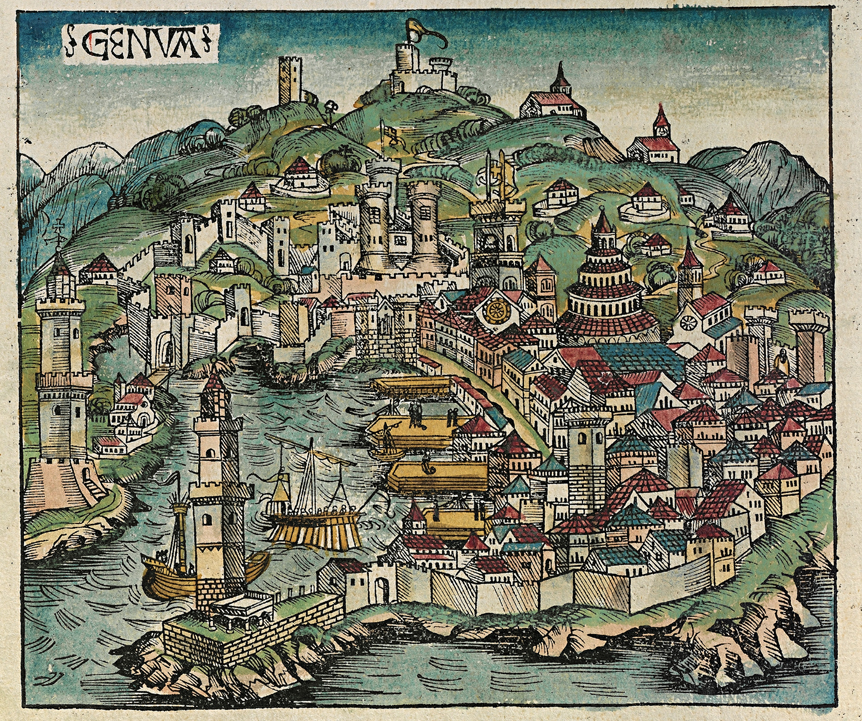In Italy, a number of cities were beginning to emerge as independent powers; importantly for the history of the First Crusade, Genoa was already organising itself into a commune in 1052 and by 1095 was governed by elected consuls. Sources nearly contemporary with the First Crusade noticed the consules of Genoa as the leading figures of the city. (...)
Marshall examined the sources for the First Crusade to show that many contemporary authors treated the Genoese fleet as fellow crusaders. But no one, even the crudest advocate of the ‘booty’ position, would expect eleventh century sources to do otherwise. The point here, as with the argument about motivation in general, is to ask whether there were contemporary social and economic trends which would contribute to an enthusiasm, sincere or otherwise, for the First Crusade among the consules of Genoa? (...)
When, in 1101, a fleet from Genoa made a convention with King Baldwin I of Jerusalem, the agreement is another good illustration of how contemporaries had no difficulty combining their religious beliefs with their own material interests. The treaty was made, reported Fulcher, with the consuls of the fleet. If, out of the love of God and with His assistance, they and the king could take any of the cities of the Saracens, a third of the wealth of the inhabitants would go to the Genoese, theother two thirds to the king. Additionally, a section in each captured city would be given to the Genoese in perpetuity.31 This agreement became a standard one for relations between Italian cities and the Kingdom of Jerusalem, leading to considerable long-term benefit for the cities.
Is it plausible to deny that the prospect of such arrangements formed part of the considerations of the Italian republics when they heard and accepted the crusading message?"
This blog quotes an abbreviated section of the book The Social Structure of the First Crusade by Conor Kostick (2008), which is available at Brill Leiden/Boston via this link. This is an open access title distributed under the terms of the cc-by-nc License, which permits any non-commercial use, distribution, and reproduction in any medium, provided the original author(s) and source are credited. Illustration from Wikipedia shows the city of Genoa in a woodcut from the Nuremberg Chronicle, 1493.
Support TemplarsNow™ by becoming a Patron, tipping us or buying one of our Reliable Books

No comments:
Post a Comment